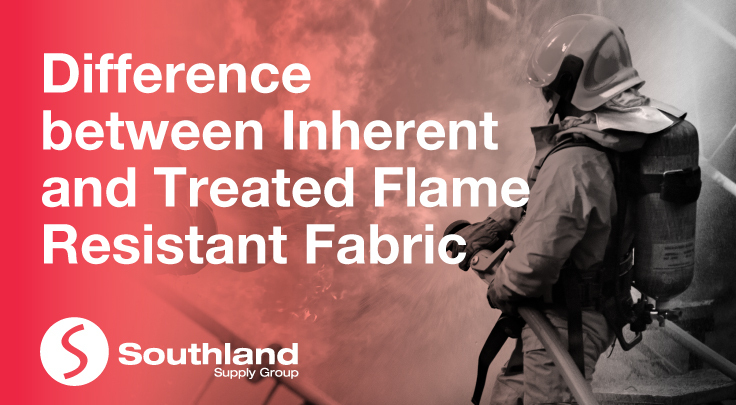
A lot of workers are exposed to thermal hazards such as molten metals, arc flash, hot liquids, and flame. In workplaces where these hazards are present, flame-resistant personal protective clothing is essential. There are many technical terms used to describe various aspects of flame-resistant clothing, but one of the most common distinctions is inherent vs. treated fabrics. Knowing the difference between inherent and treated fabrics can help you make an informed decision.
Treated Flame Resistant Fabrics
Treated FR fabrics undergo a process during manufacturing that adds flame resistance onto the fabric fibres. The fabric is treated by being given a flame-resistant chemical application after it is woven together, which chemically changes the fabric and gives it flame-resistant properties for a certain number of washes.
Treated FR Fabrics: Pros and Cons
Below are some of the primary advantages of treated fabrics in flame-resistant clothing:
- Cheaper than most inherent fabrics.
- Many available treated fabrics now provide life-of-garment FR protection.
- Most treated fabrics will spontaneously extinguish a flame when the source of heat is removed.
Below are some of the disadvantages of treated fabrics:
- Treated fabrics will lose their protective qualities over time.
- Some treated fabrics off-gas as a method of flame retardancy, producing harmful gases that in some cases include gaseous cyanide.
- Many treated fabrics use increased mass as a means of increasing FR metrics, which can increase heat strain and decrease comfort when wearing a heavier garment for extended periods.
- There is no way to tell upon visual inspection if the flame-resistant capabilities of a garment have diminished.
Inherent Flame-Resistant Fabric
In contrast to treated fabrics, inherent fabrics do not need to undergo any process just to make them resistant to flame. Instead, they are composed of fibres that are inherently flame resistant. These properties cannot be diminished through use or laundering. This means that the product will remain effective and wearable for as long as the user requires it.
Inherent FR Fabrics: Pros and Cons
The main advantages of inherent fabrics in flame-resistant clothing include:
- High level of protection from thermal hazards.
- Often present higher thermal protective performance (TPP) scores than treated fabrics
- Long service life.
- FR properties will never wash out.
- Garments will not ignite in normal O2 concentrations.
- May expand to provide increased thermal resistance under continuous exposure to a thermal hazard.
On the other hand, the most notable disadvantages of inherent FR fabrics include:
- Higher upfront cost (albeit offset by longer useful lifetime).
- Inconsistency in the application of the term ‘inherent fabric’ is often driven by marketing motives, rather than science and metrics relating to performance.
Flame-resistant technology has come a long way. The fabrics in use now, are far superior to those of past generations. When it comes to selecting Flame resistant fabrics, the most important considerations should always be protection, comfort, and durability. No matter which fabric you select, it is important that you can count on the FR properties to last, wash after wash.
Are you working with live electricity? Take a look at Southland’s Arc Flash Clothing. We have a complete range including flame-resistant long sleeve shirts, trousers, and more.
